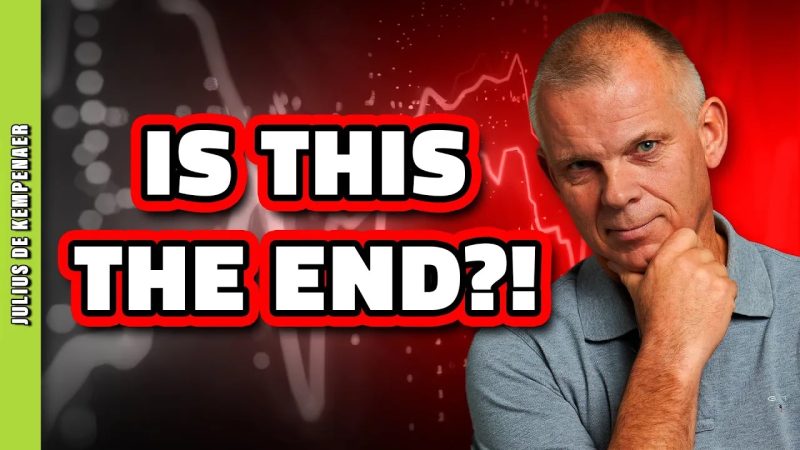In the fast-paced world of investing, where market trends can shift quickly and unpredictably, staying ahead of the game is essential for success. Investors often look for signals and indicators that can provide insights into future market movements. One such indicator that has been closely watched by investors is stock outperformance. Historically, stocks that have consistently outperformed the market have been seen as attractive investment opportunities. However, recent trends suggest that this era of stock outperformance may be coming to an end.
The concept of stock outperformance – where certain individual stocks exceed the overall market return – has long been a focal point for investors seeking higher returns. Many investors believe that by identifying stocks that have a history of outperformance, they can capitalize on continued strong performance in the future. This strategy has been successful for many investors, leading to significant wealth accumulation in some cases.
However, recent market dynamics have raised concerns that the era of stock outperformance may be nearing its end. One key factor contributing to this shift is the growing popularity of passive investing strategies, such as index funds and exchange-traded funds (ETFs). These passive investment vehicles replicate broad market indexes and typically offer lower fees compared to actively managed funds.
As more investors opt for passive investing, the demand for individual stocks could decrease, leading to a more challenging environment for stock outperformance. In addition, the rise of algorithmic trading and high-frequency trading has increased market efficiency, making it harder for investors to gain an edge through stock selection.
Furthermore, the increasing interconnectedness of global markets and the proliferation of information through digital channels have made it easier for investors to access market data and research. This democratization of information has leveled the playing field, reducing the informational advantage that some investors may have previously enjoyed.
Another factor that could contribute to the potential decline in stock outperformance is the changing market dynamics driven by macroeconomic factors. Economic cycles, geopolitical events, and central bank policies can all influence stock returns, creating challenges for investors trying to predict future market movements.
Despite these challenges, savvy investors can still find opportunities in the market by focusing on factors beyond stock outperformance. Diversification, risk management, and long-term investment strategies can help investors navigate the evolving market landscape and achieve their financial goals.
In conclusion, while the era of stock outperformance may be coming to an end, this shift does not spell doom for investors. By adapting their investment strategies to the changing market environment and focusing on sound investment principles, investors can continue to find opportunities for growth and success in the ever-changing world of investing.

